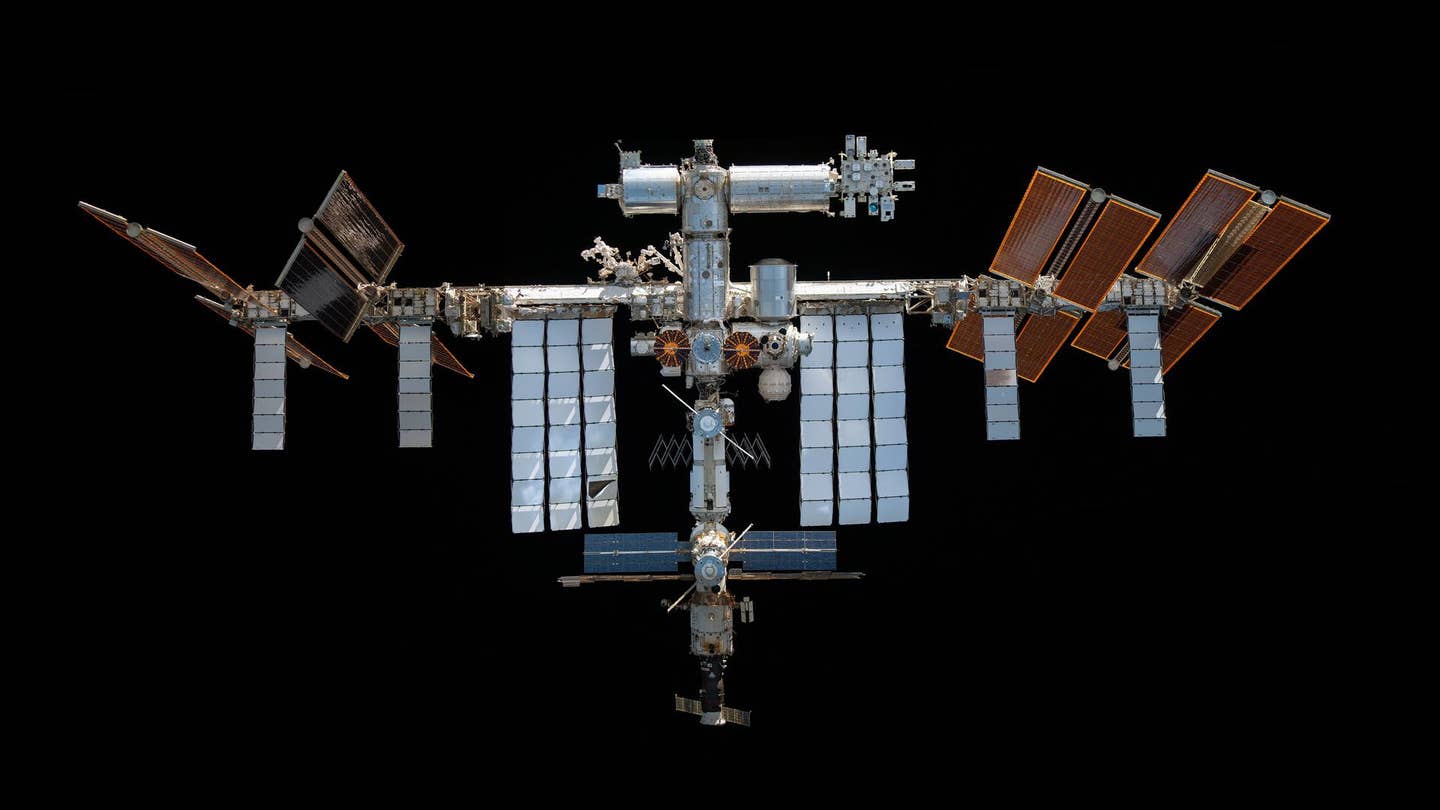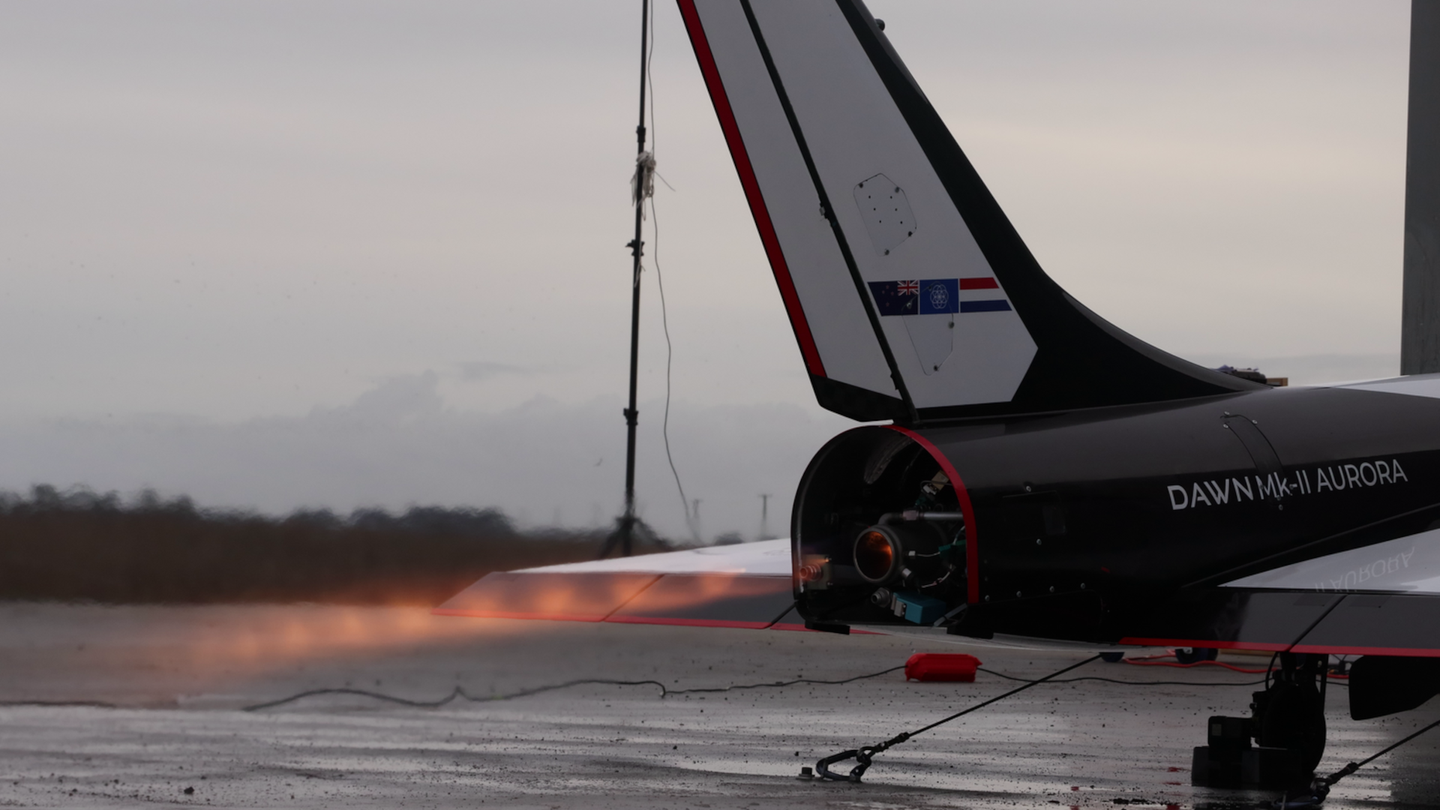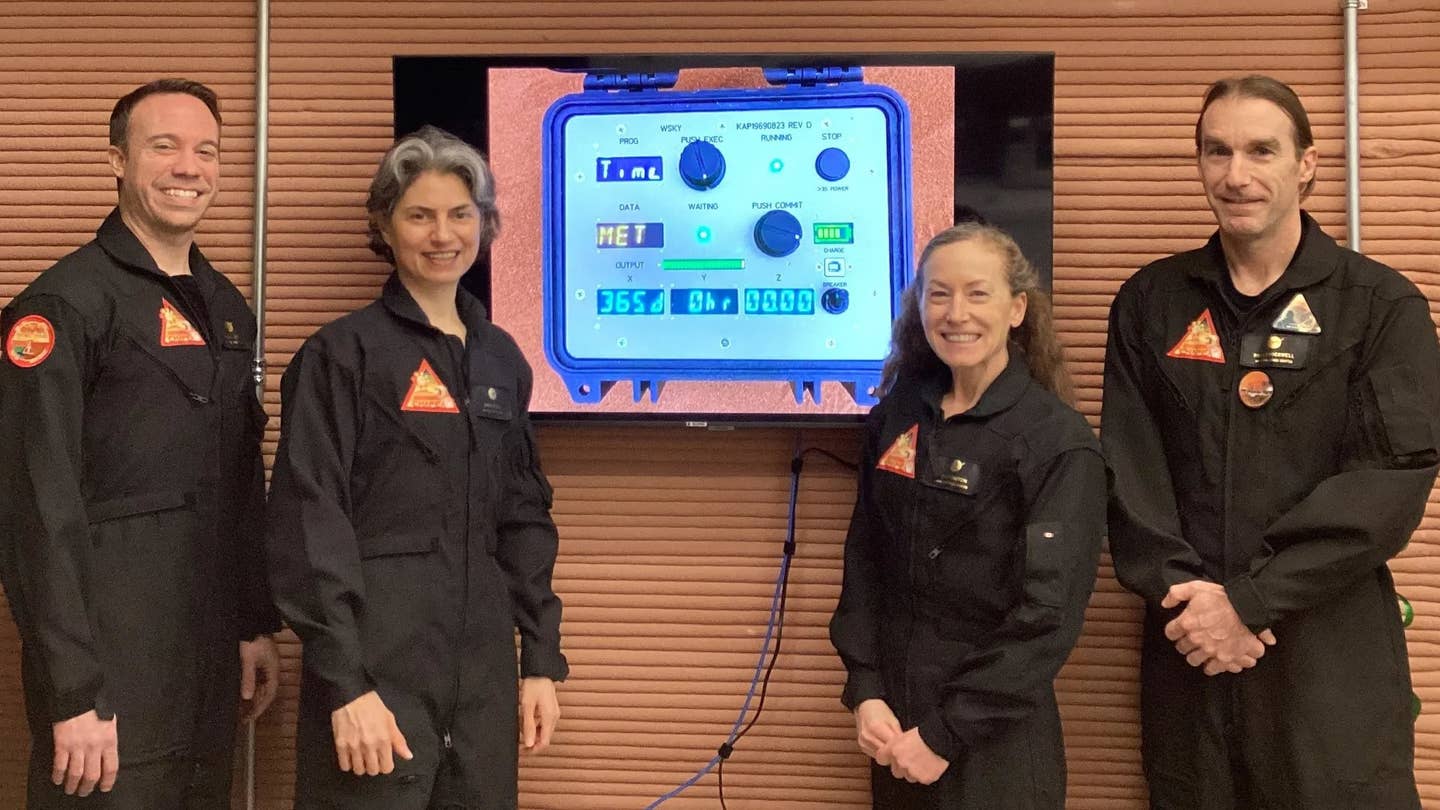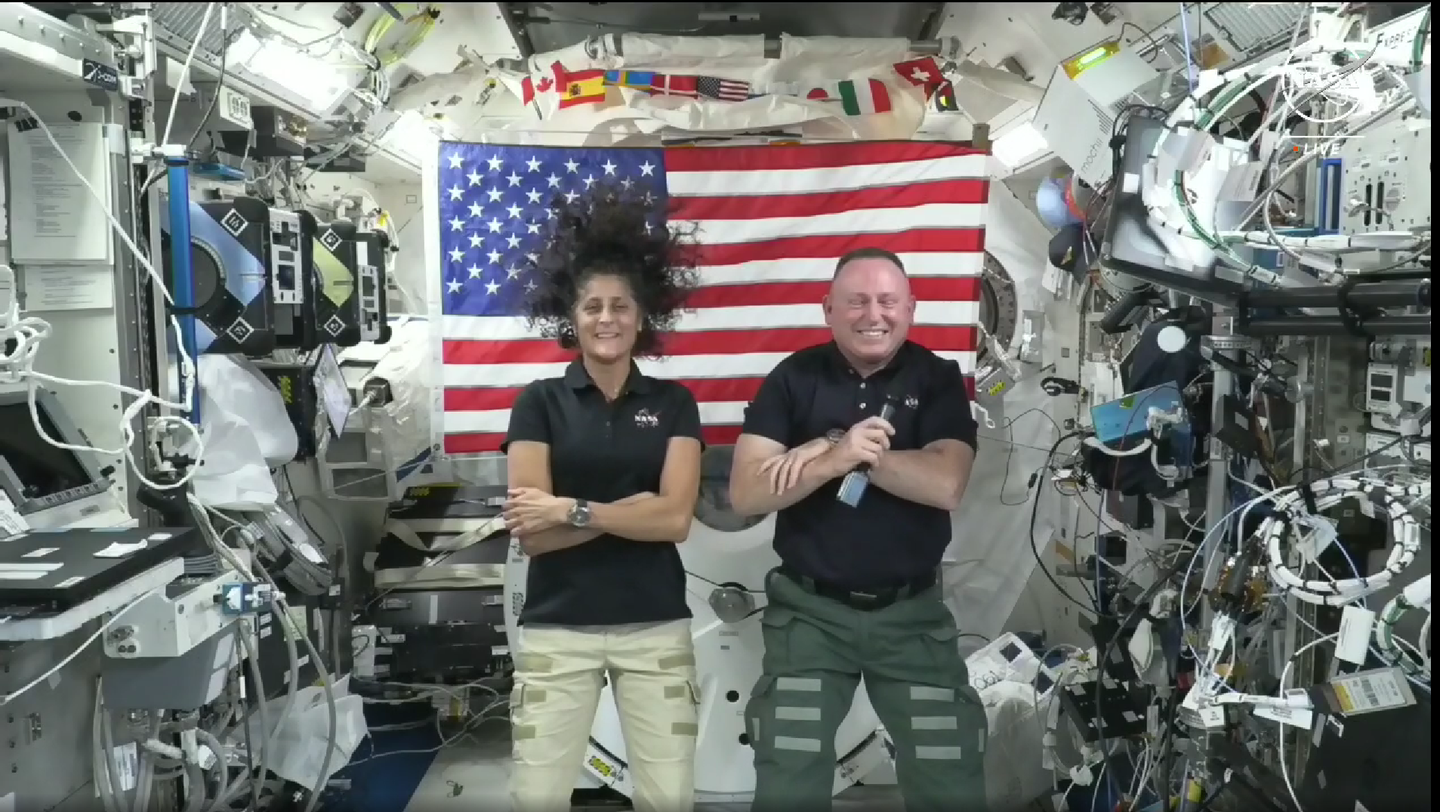Artemis I: Against All Odds
NASA returns to the moon with a human-rated spacecraft.
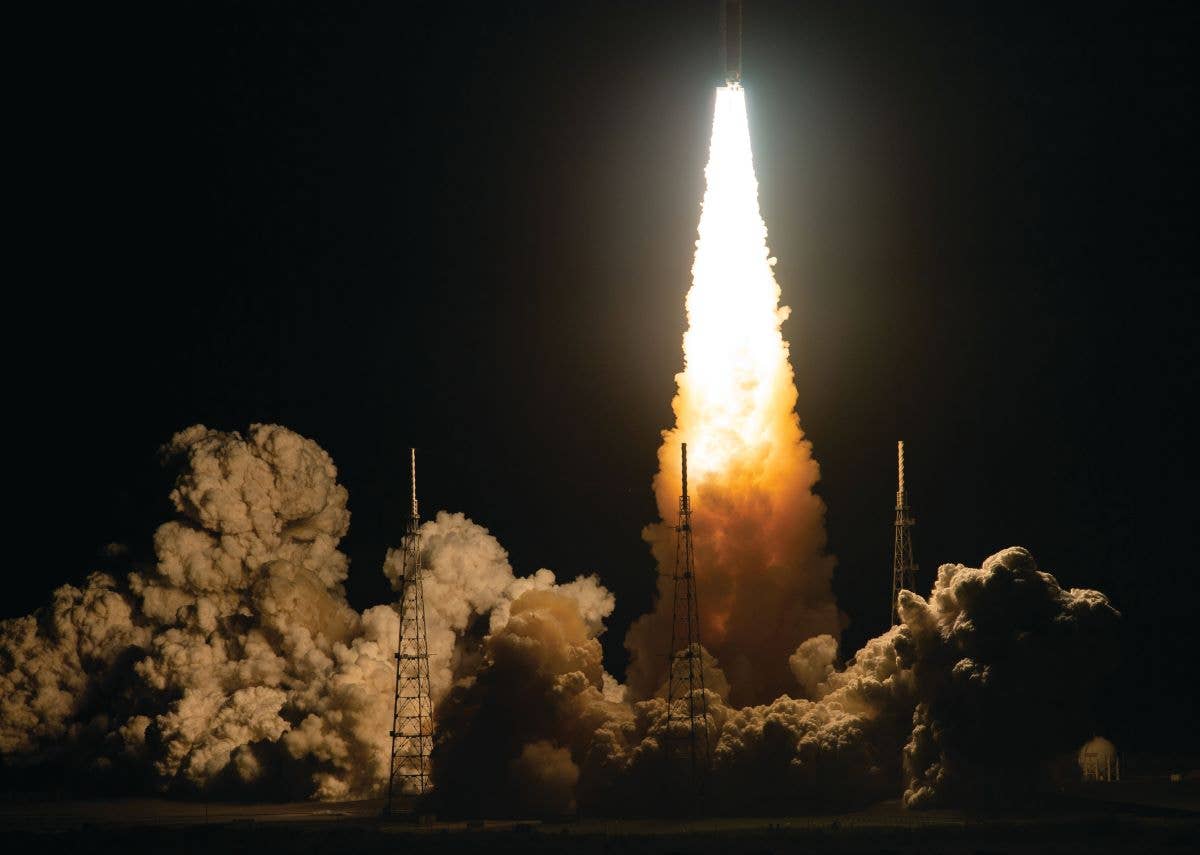
Artemis 1 launched November 16, 2022. [Courtesy: NASA]
We had all been here before—hundreds of reporters from around the globe, waiting for the world’s most powerful rocket to ignite and begin humanity’s journey back to the moon. It was a peaceful evening on the Florida coast, despite the hurricane that had passed through just days earlier.
NASA’s Space Launch System (SLS) had experienced setback after setback, from its initial rollout from the Vehicle Assembly Building (VAB) to the last moments before liftoff.
Standing at 322 feet, taller than the Statue of Liberty, the SLS was designed to take humans farther than ever before. According to NASA, the rocket can send over 27 metric tons to the moon. In a single launch, it could carry the Orion spacecraft, with four astronauts and an abundance of supplies, to its lunar destination.
If you're not already a subscriber, what are you waiting for? Subscribe today to get the issue as soon as it is released in either Print or Digital formats.
Subscribe NowTo accomplish such a feat, NASA designed SLS’ Block 1 Crew configuration to produce 8.8 million pounds of thrust. Between the four RS-25 Core Stage engines and the two shuttle-derived solid rocket boosters, a mass of fuel is needed to send Orion to the moon.
Fueling operations were nominal until around 9:17 p.m., with a little more than three hours left until launch. Then, the team found an intermittent liquid hydrogen leak at the bottom of the mobile launcher.
While the leak initially stayed within operational limits, it grew enough to warrant remedial actions. With the rocket sitting with near-complete fuel levels, it can be exceedingly dangerous for personnel to approach it. For Red Crew, a team of engineers on standby, this was the moment they trained for.
According to launch control, Red Crew’s fix would take only about 15 minutes to complete. At this point, hope for a successful launch began to dwindle throughout the crowd.
At 11:04 p.m., nearly an hour later, Launch Control announced Red Crew’s departure from Launch Complex 39B—their repairs were successful. A sigh of relief rippled across the Cape.
“All I can say is that we were very excited,” said Trent Annis, one of the three deployed members of Red Crew. “We showed up today.”
Sadly, the relief wouldn’t last long. The U.S. Space Force’s 45th Space Wing assisted with launch operations, including the locational tracking of the rocket after liftoff. The Wing had lost radar connection with SLS. The rocket would not launch without it.
“This data is critical to satellite operators all over the world in achieving mission success as the space domain becomes more contested and congested,” said Col. Marc A. Brock, Space Delta 2 commander, in a statement. “Timely and accurate xGEO space object detection and tracking in conjunction with our traditional SDA operations closer to Earth will be essential to our support for human space flight safety from launch to lunar landing and return, to facilitate human exploration and to promote the peaceful and responsible use of space.”
The opening of the launch window had arrived, and launch control was working against the clock.
In an interview with FLYING, NASA Astronaut Stan Love explained why the timing of the launch is paramount to the mission’s success.
“We have to time the launch based on when we want to land, and we want to land in daylight so that we can recover the capsule,” Love said. “And it’s winter in the northern hemisphere, so there’s not as much daylight as there otherwise is.”
“And then we work backwards,” he continued. “If you want to land in daylight, you have to leave the lunar vicinity around this time. Then, you have to leave your high lunar orbit around that time. Then, you have to get into your high lunar orbit at this other time. Then, you have to fly past the moon to get into that orbit this other time, and then you have to launch now.”
At 11:37 p.m., Launch Control identified a faulty Ethernet switch as the cause of the radar disconnect, and a 70-minute changeout was ordered.
For what felt like eons, we waited for an update from Launch Control. Many of us had driven or flown in from around the country for the second time to see Artemis I liftoff. A single core stage engine and inclement weather had stopped Artemis before, and there was no telling if it would happen again.
“Once again, we have gathered the guests for the wedding,” Love said. “Perhaps the bride will make an appearance.”
At 1:28 a.m., NASA’s first woman to serve as Launch Director, Charlie Blackwell-Thompson, conducted the final readiness poll.
“On behalf of all the men and women across our great nation, who have worked to bring this hardware together, to make this day possible, and for the Artemis generation, this is for you. At this time, I give you a go to resume count and launch Artemis I.”
The wedding was on.
The countdown clock jumped to T-10 minutes. There was a mad dash to the shoreline—journalists scrambled to ensure their cameras were on and ready for the show.
All eyes were on Artemis I.
“Five... four... three... two... one...”
At 1:41 a.m., a blinding light sparked from below the rocket. The billowing smoke shook as shockwaves ripped through the atmosphere, and just like that, Artemis I was on its way to our moon.
Artemis I lit up Cape Canaveral like the morning sun, and the ground shook from sonic booms and cheering onlookers alike.
This launch means the world to many. It marks the beginning of a new era, and becomes the foundation for future missions to stand on. Now, NASA is one step closer to landing the first woman and first person of color on the lunar surface. The next generation of spaceflight has begun.
This article was originally published in the February 2023 Issue 934 of FLYING.

Subscribe to Our Newsletter
Get the latest FLYING stories delivered directly to your inbox


